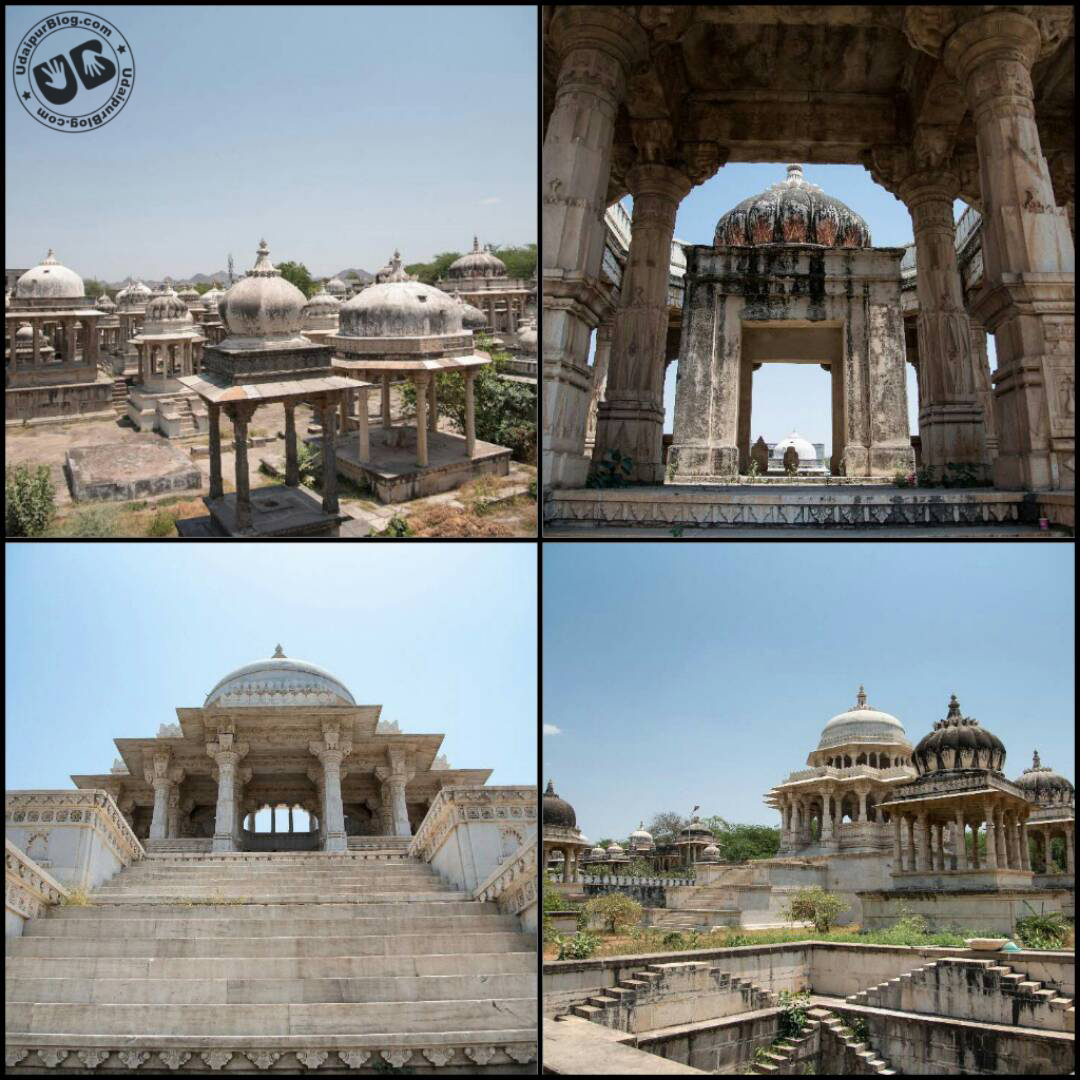Did You Know a 4000-year-old Cremation Ground Exists in Udaipur?
Udaipur is known as the City of Lakes, undoubtedly there are beautiful lakes in the city. However, not just lakes, the city is also famous for its culture, heritage and its majestic palaces and architecture in and around the city. While the city houses some well-known structures, some places of significance are still not much known to the people as well as to the tourists turning up to the city.
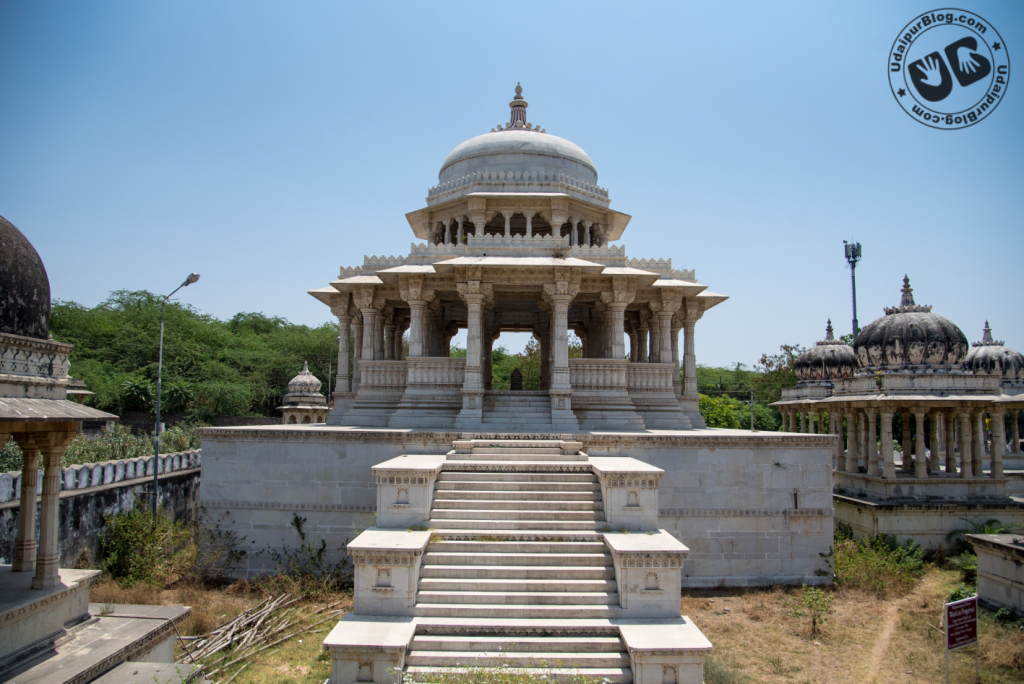
One such place is Mahasatya (महासत्य) which is a huge royal cemetery. The cemetery is a matchless structure built for the royal family of Mewar dynasty in memory of their ancestors. The complex is located on eastern side of the city at a distance of 3 km from the central city; it is a well-known archeological site. Mahasatya is also one of the largest among other medieval Rajput cenotaph complexes covering an area of 3.2 hectares with peculiar royal heritage constituents. There are 372 cenotaphs in total out of which 21 are said to hold great significance. These domes were built over 400 years ago.
What Are These Structures And Why Were These Constructed?
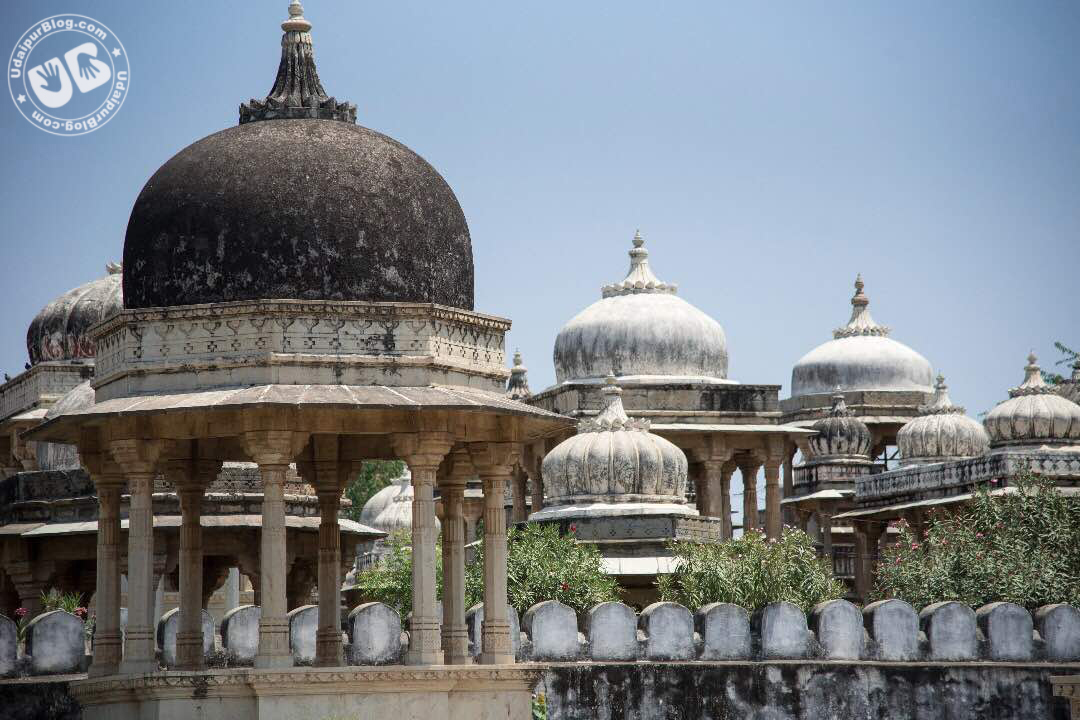
Mahasatya, principally, is a burial and a cremation ground. These structures are tombs of the royal family. It is believed that some of them are tombstones of the kings, while some are established as a memorial structure of the kings and their wives. Some of these structures constructed are small while some are quite enormous and majestic.
Architecture of the Cenotaphs Complex
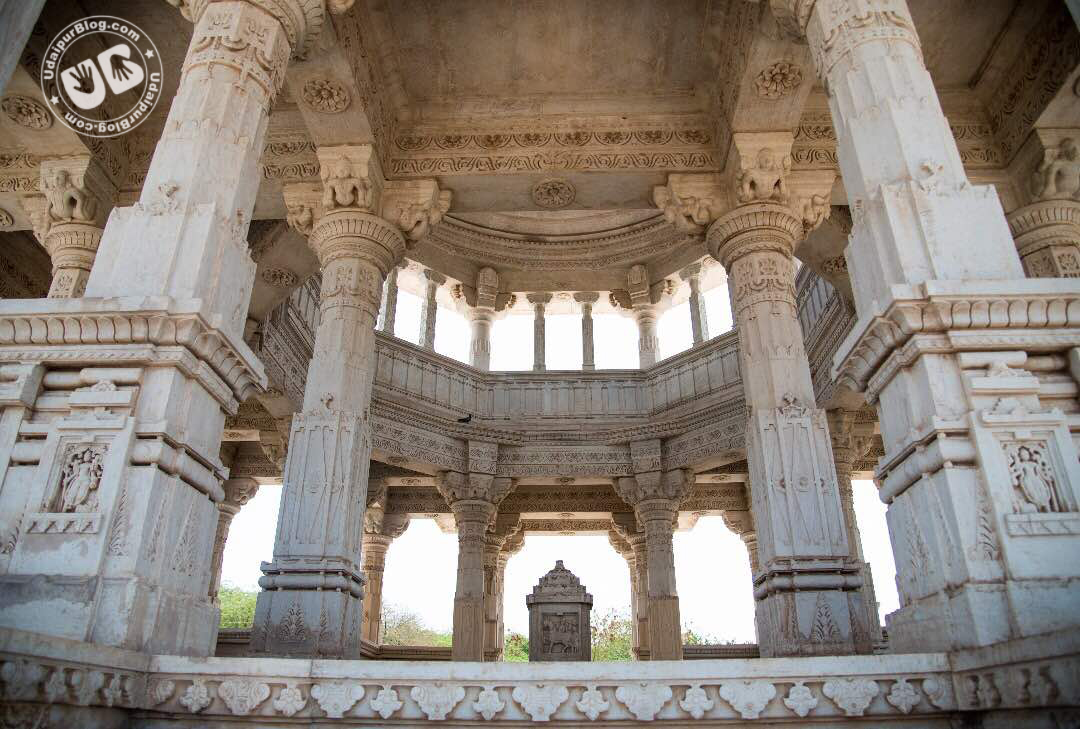
The complex has striking columns elevated on large platforms shielded by dome-shaped roofs. These platforms have several steps or stairs that make their way to the central domes of the Cenotaph. Several pillars erected with intricate carvings on them sustain the domes. The inner walls of the structure have beautiful carvings of flowers and human figurines on them. The cenotaphs have structures known as ‘Chattri’ which is a common architectural sight in Rajasthan.
The moldings of the roofs are embroidered with embellishments that resemble the 15th-century temples. You can find an image of Lord Shiva and a figure representing Maharanas with their ‘Sati’ wives (wives, who sacrificed their lives in Maharana’s cremation flames). The top of the cenotaphs has ‘Shiv-Ling’ on them, with a statue of ‘Nandi Ji (cow).’
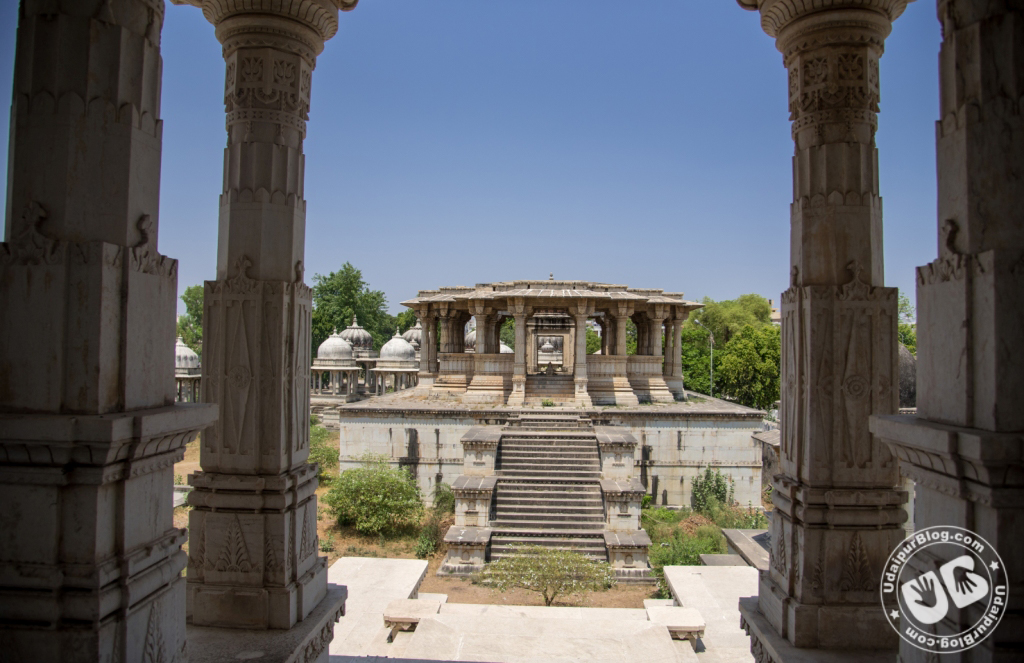
There are 21 Cenotaphs which hold the maximum importance, these are of Maharanas and have an inscription on them. There are some smaller cenotaphs which are of the royal family members and of the several wives of the Maharajas. All these massive structures are made from white marble stone.
Important Structures of the Complex
-
Cenotaph of Maharana Amar Singh
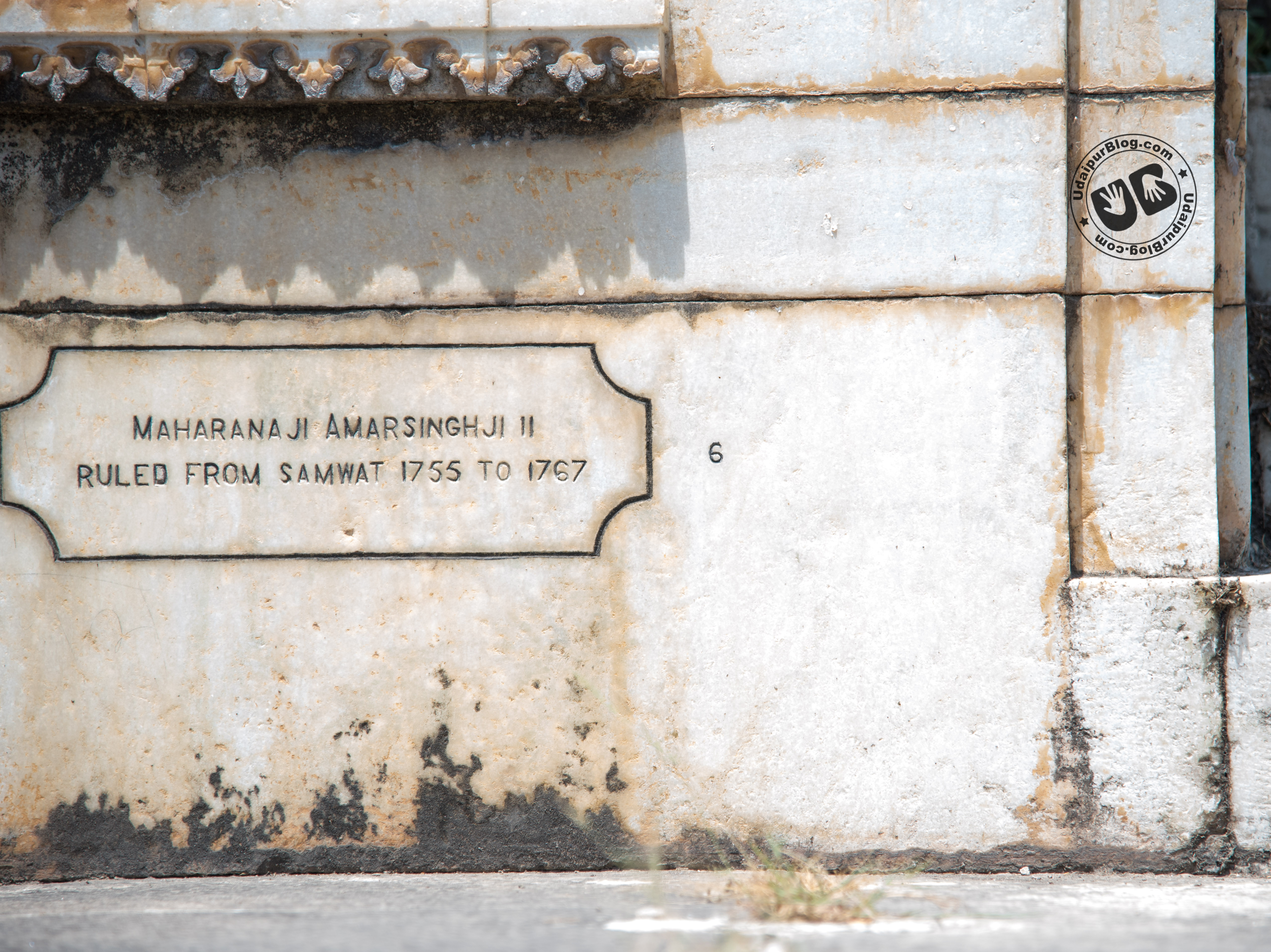
Maharana Amar Singh
The cenotaph which is devoted to Maharana Amar Singh is the most fascinating. It has a 4-faced figurine in the center, and the wall paintings on the subterranean vault illustrate the slaughter of the emperor’s wives who decided to commit “Sati.”
-
Cenotaph of Maharana Sangram Singh
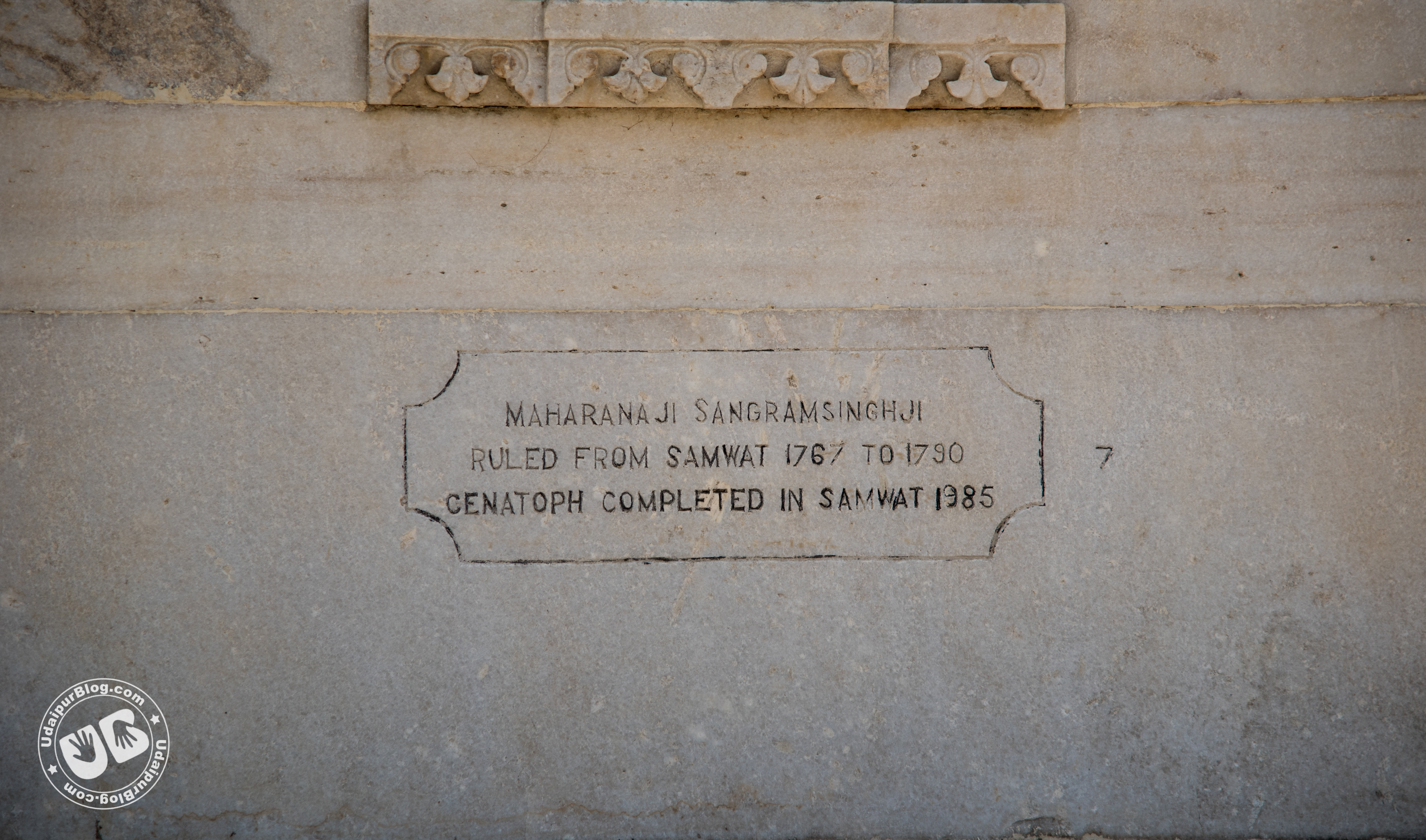
Maharana Sangram Singh
The Cenotaph of Maharana Sangram Singh (Cenotaph completed in 1985) is another attraction that has fifty-six pillars in its porch. He was cremated here with his twenty-one wives. It has a beautiful construction. It possesses an octagonal dome in its center with the support of eight small pillars. The light falling on the dome gets directed by the octagonal dome and creates a mesmerizing shadow.
-
The Gangodbhava
Nearby to these cenotaphs is the “Gangodbhava” or the holy pool (‘kund’). The kund and the temple of Shiva have a four-faced ‘Linga,’ and are encompassed by small ‘Chattris; carry holy value and historical importance. The ‘kund’ is a step well, which is again a classic architectural style of the semi-arid regions of Rajasthan and Gujarat. These have small steps on four sides of the well, which lead to the inside of the well for collecting water.
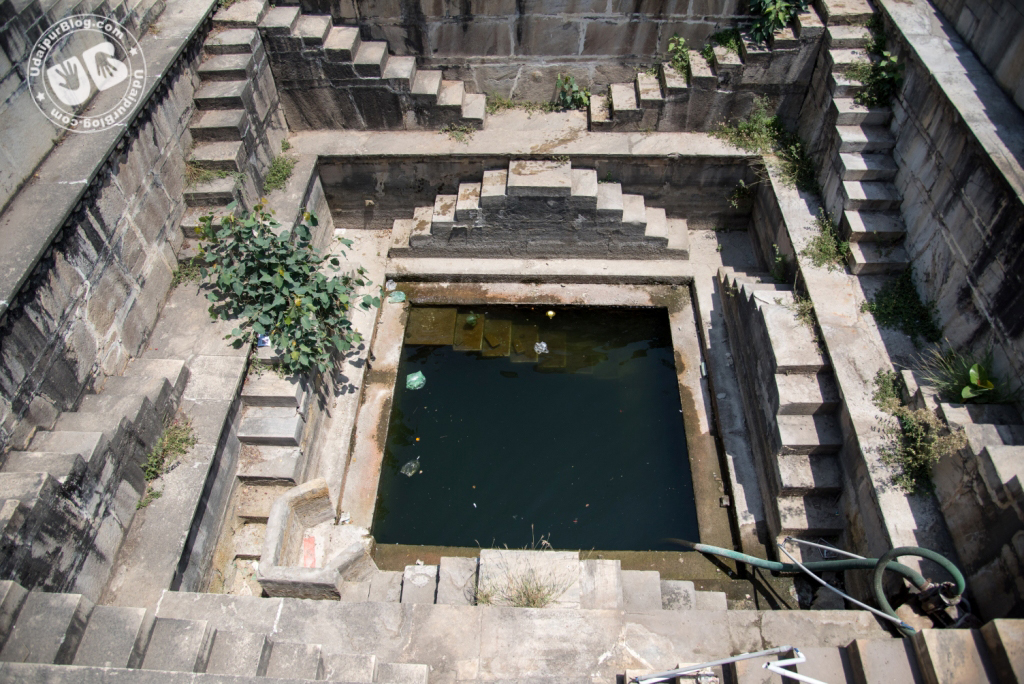
The other cenotaphs include cenotaph dedicated to Shambhu Singh, Fateh Singh, Bhupal Singh, Bhagwat Singh Mewar and Sajjan Singh and have their names and other information inscribed on them. The newest, erected in 2004, is that of Udaipur’s last Maharana Bhagwat Singh (1955–84).
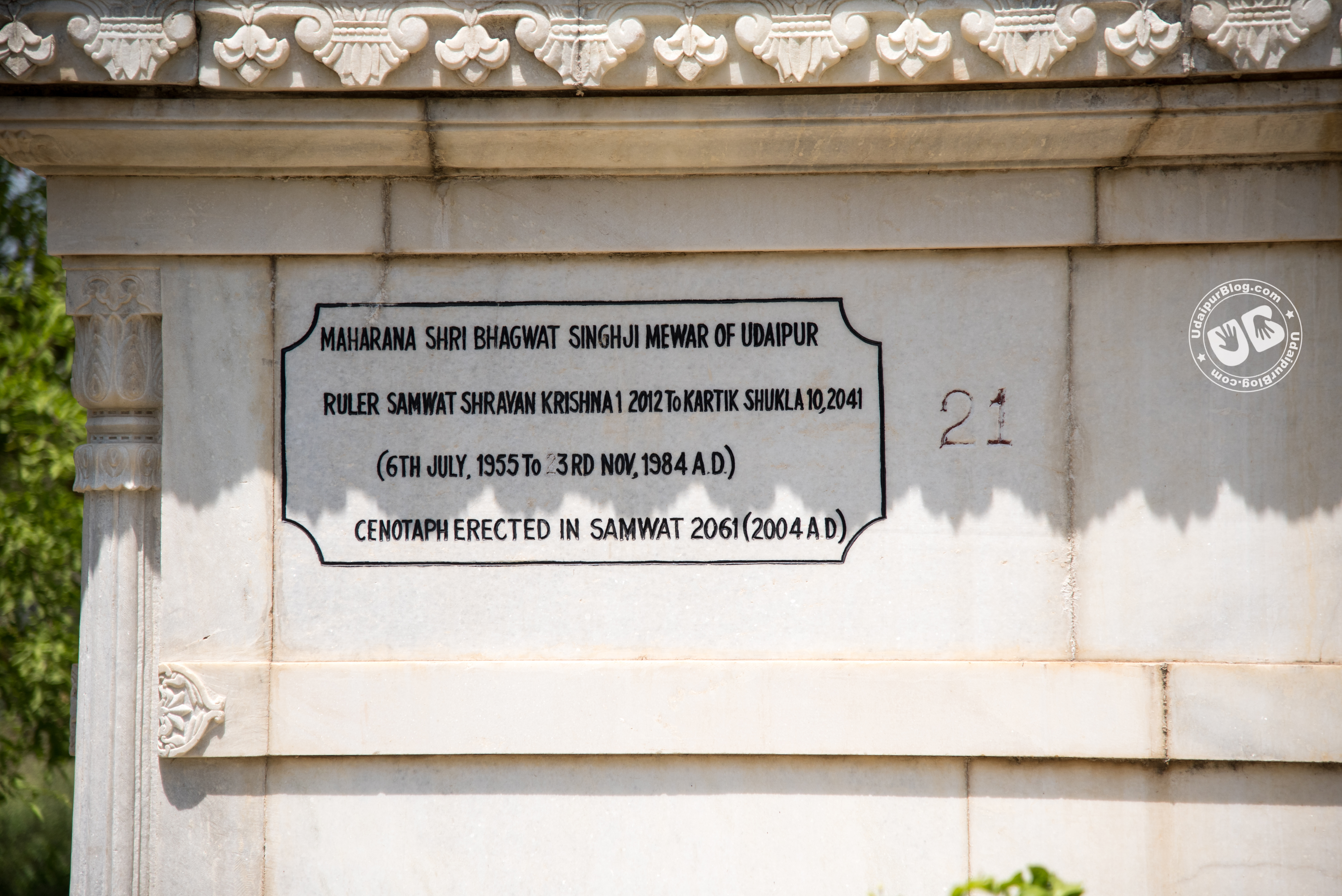
Ahar Archeological Museum
Ahar was also a site of an ancient settlement that preexisted in Udaipur by three-and-a-half millennia. Just 150 meters along the road from the royal cremation ground is the Ahar Archeological Museum. The museum contains copper and terracotta pottery objects that are more than 3300 years old. It also houses sculptures of Hindu gods and ‘tirthankars’ (Great Jain teachers) from the 8th to 16th centuries AD.
The Ahar culture is also known as the Banas culture. It was a Chalcolithic archaeological culture of southeastern Rajasthan state in India, lasting from 3000 to 1500 BCE.
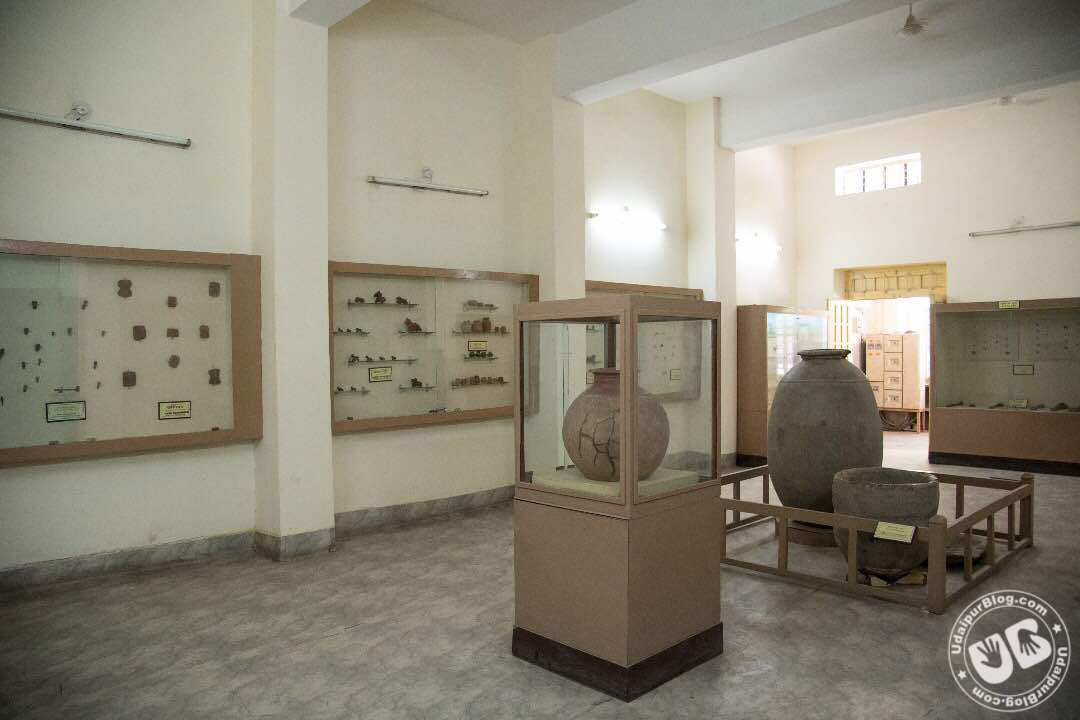
The collections of antiques in the museum date back to the 10th century. Here you can see earthen pots, iron objects and other artifacts that used to be part of the lifestyle of prehistoric people. You can see a depiction of trenches that were used to be a part of the lives of the Ahar people. Some things are acknowledged to belong to 1700 B.C.
Even though this museum doesn’t have a lot of things, but the relics here were excavated and collected by the continuous attempts of the “Archeological department of Rajasthan.” A few things are proved to have been used in 1700 B.C. A metal statue of Lord Buddha that belongs to the 10th century is indeed a great thing to watch. In the midst of the collection of statuettes, a statue of “Vishnu-Nag-Nathan” is also a great wonder to watch.
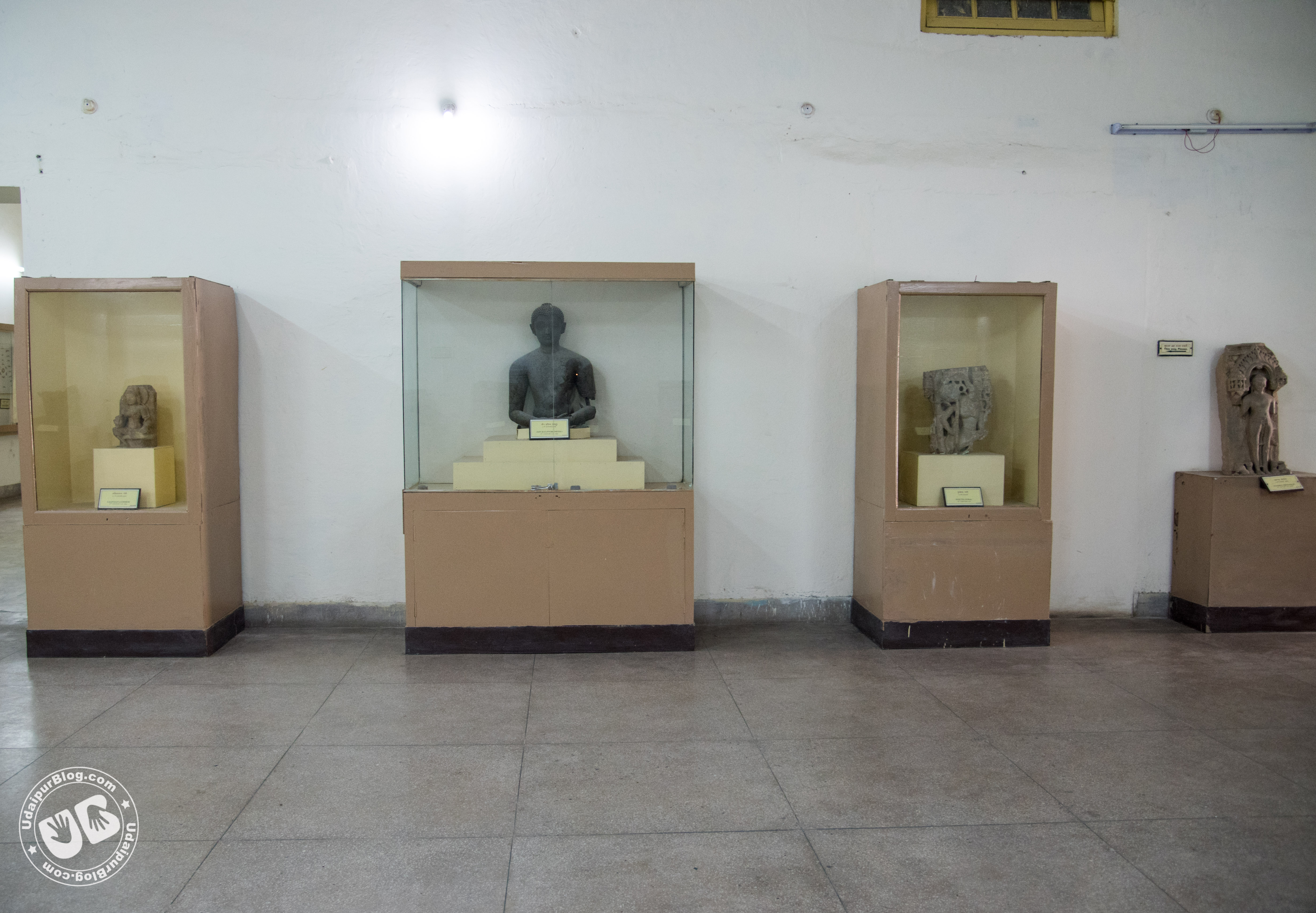
Apart from these, there are various other remains excavated from the ruins of the civilization. These are terra cotta spindles, wheels, seals, cones, terra cotta skin scrubber, animal figurines, tiny pots, human figurines, bangles, ear ornaments, beads and balls that date back to the first century B.C. The terracotta toys and huge clay pots and few other utensils are revealed in the beautiful museum. The ornaments were also made of ivory that depicted an era of body decoration. Soak pits, about 2000-year-old, have also been discovered in one of the drains which portray the sense of hygiene among early historic people of this region.
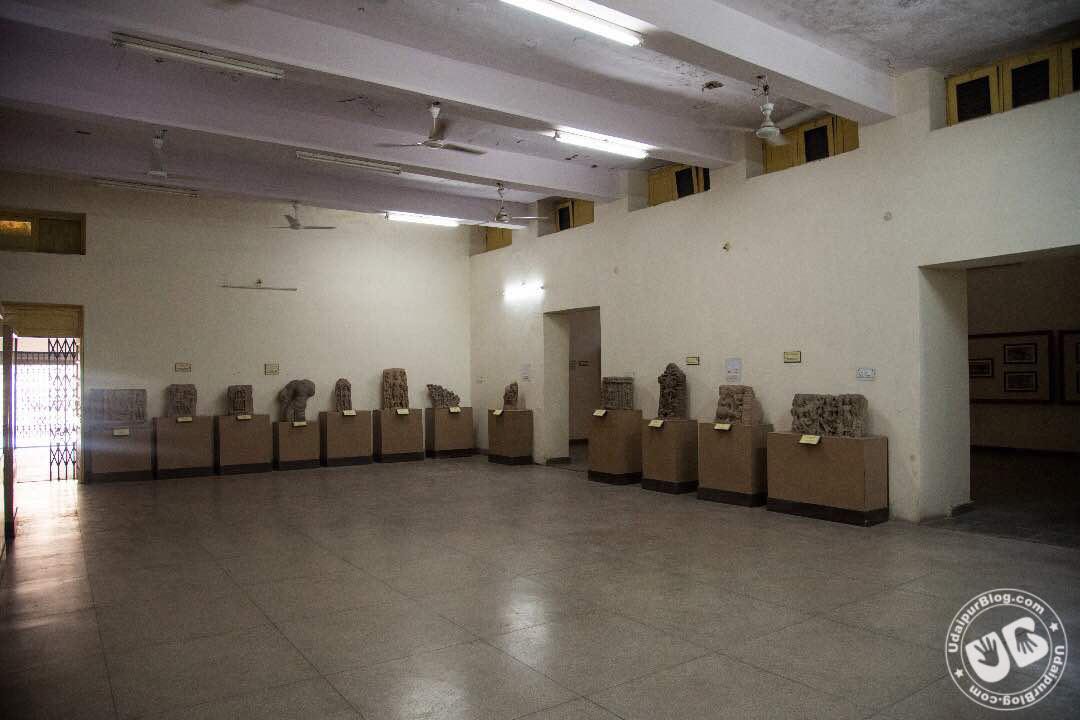
Present Day at Mahasatya
This important heritage site is one of a kind. It reflects the regal grandeur of the Royal Rajasthan. The place is covered with unwanted shrubs and wild grass.
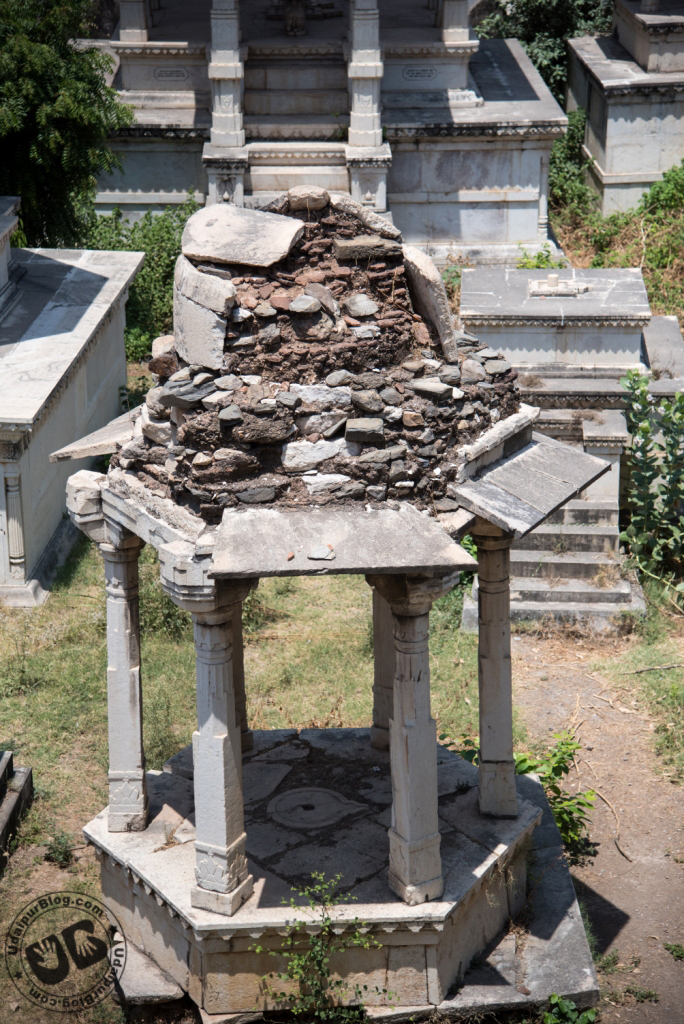
Not many people are aware of the place’s significance. Some of the cenotaphs are in their ruins and are getting degraded. The area is not open to the public and is a private lodging of the Royal Family. Though some heritage walks were conducted at the place, people are still not aware of the reason behind these structures.
